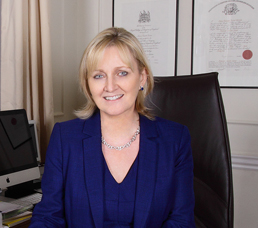Hypermobility spectrum disorders are often misunderstood and misdiagnosed conditions that affect more than just movement – they can alter the quality of a person’s life depending on their severity. Here, we will run through what hypermobility spectrum disorders are and their symptoms.
What are hypermobility spectrum disorders?
Hypermobility spectrum disorders are a range of disorders associated with connective tissues, resulting in joint hypermobility (the capability to move beyond the normal range of motion) that cannot be explained by other conditions. Some people simply think of it as being “double jointed”, but it can cause pain and other issues.
It can be localised to a few joints or be present in more – if a person has hypermobility in five or more joints, they are described as having generalised joint hypermobility. Generalised hypermobility is often a condition that people are born with, whereas localised hypermobility is more likely to be acquired through flexibility training or diseases. There is also peripheral joint hypermobility which only affects the hands or feet. There are also other types of hypermobility disorders along the spectrum.
What causes hypermobility spectrum disorders?
Hypermobility is caused by a differentiation in the collagen in ligaments, causing them to be weak and making joints loose and stretchy. It’s not fully understood what causes hypermobility, although it has been suggested that it’s genetic.
What are the symptoms of hypermobility spectrum disorders?
The typical symptom of a hypermobility spectrum disorder is having very flexible joints that can bend in different ways than normal. Some people may not experience any other symptoms than this and it may improve as they get older. Others may suffer from chronic pain due to their condition and may experience constant stiffness, sprains, strains and dislocations.
Some other symptoms can include fatigue, poor balance, thin and stretchy skin and bladder or bowel problems.
How are hypermobility spectrum disorders treated?
There is no known cure for joint hypermobility syndrome so many treatments are based around improving fitness so that joints are better protected. Using comprehensive testing and new technology, new treatments are being developed to improve the lives of those on the hypermobility spectrum.
For hypermobility treatment in London that will work hard to improve your condition, get in contact with Dr Stephanie Barrett today.


